By Rustum G. Pelima, MA Ed
MALAPATAN, Sarangani (September 15, 2010) – A former war-torn community received the completed Biao barangay bridge project amounting to USD23,000 from the United States Agency for International Development (USAID) and local officials Tuesday, September 14.
The project is the 12th infrastructure project given by USAID to Malapatan. In Sarangani, the agency has completed 60 projects in the different municipalities the past six years.
“The key component in our success starts with the local government,” USAID chief operation officer Alonzo Fulgham said.
“Development in Sarangani represents the best in Mindanao. Although this is a small project, it is also an outcome of partnerships among different parties, and most importantly is its sustainability.”
Biao barangay bridge connects six other communities of San Roque, Salbusaw, Masbong 1, 2, 3 and Malakahi, to the town site where locales sell their crops such as corn, upland rice and coconuts.
“About 20 years ago, you (USAID) have already been providing assistance to this province like our road network of more than 140 kilometers,” Governor Migs Dominguez said.
“I was so young then.” “But for me this is a sign of your commitment, and this bridge is a symbol of opening up opportunities between different groups.” “We owe this to the local government and the efforts of the municipality in the quest and the fight for peace,” Dominguez said.
Mayor Alfonso Singcoy said Biao, remote to the town site, was a battle ground between government forces and outlaws decades ago.
“In the absence of a road network before, people have to travel four hours to General Santos City which is now reachable for a few minutes,” Singcoy said.
“Our counterpart to the USAID is not only in terms of money. We too inspect this bridge and cleaned the old culvert especially after a flood.”
Of the USD23,000 project cost of the bridge, 25% was counterparted by the provincial and municipal governments.
“Though it’s been a big sacrifice for the communities, they managed to live, brought their products to the market, and sent their children to school in poblacion,” Singcoy said.
“Before, the bridge was not passable after a heavy rain, but even that nor without wearing a pair of shoes did not stop us from going to school,” Jehanna Tin said.
Jehanna and her family lived in Biao before she went to college. Her grandfather’s property in Biao looks like a small island sometimes mistaken as Biao itself because it is surrounded by the river which locales called “Lawas na ig” [river].
Biao is a Maguindanon name for a tree that thrives in the area.
Jehanna, one among the tens of professionals who braved the hardships of Biao, is now working under the Kalinaw (Peace) Sarangani program.
According to Fulgham, “the reason why we help is that, we believe that people in this area reject war and chose the brighter future of their children.” (Russtum G. Pelima/SARANGANI INFORMATION OFFICE)
Subscribe to:
Post Comments (Atom)

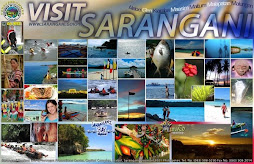


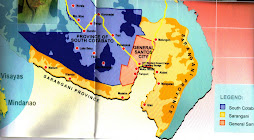

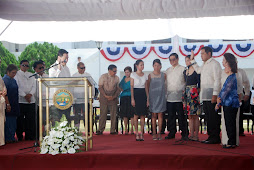
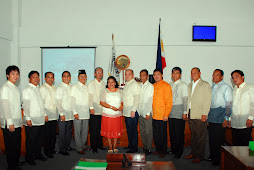


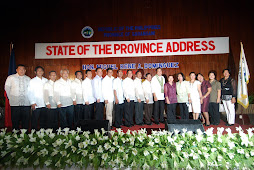
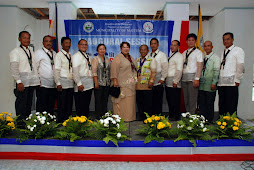







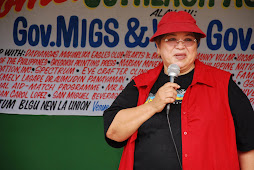
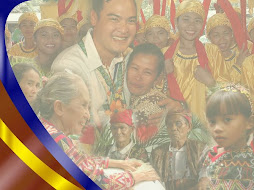
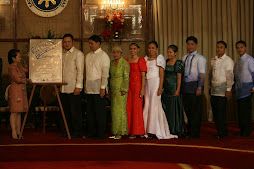












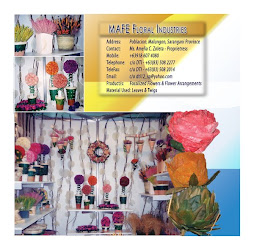


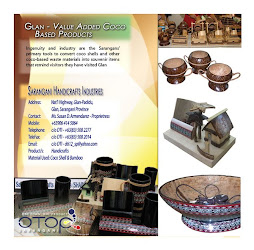
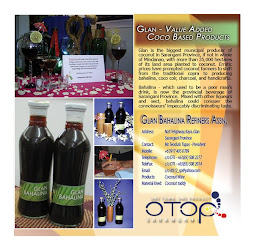
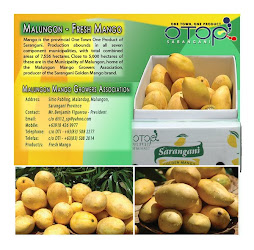
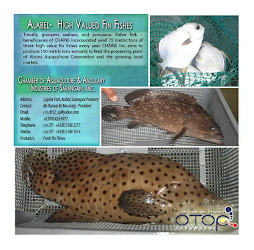


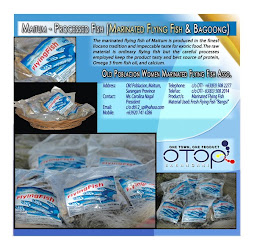
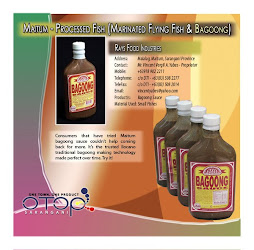



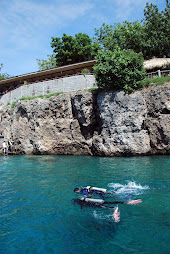
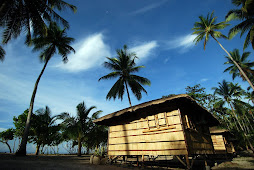



No comments:
Post a Comment